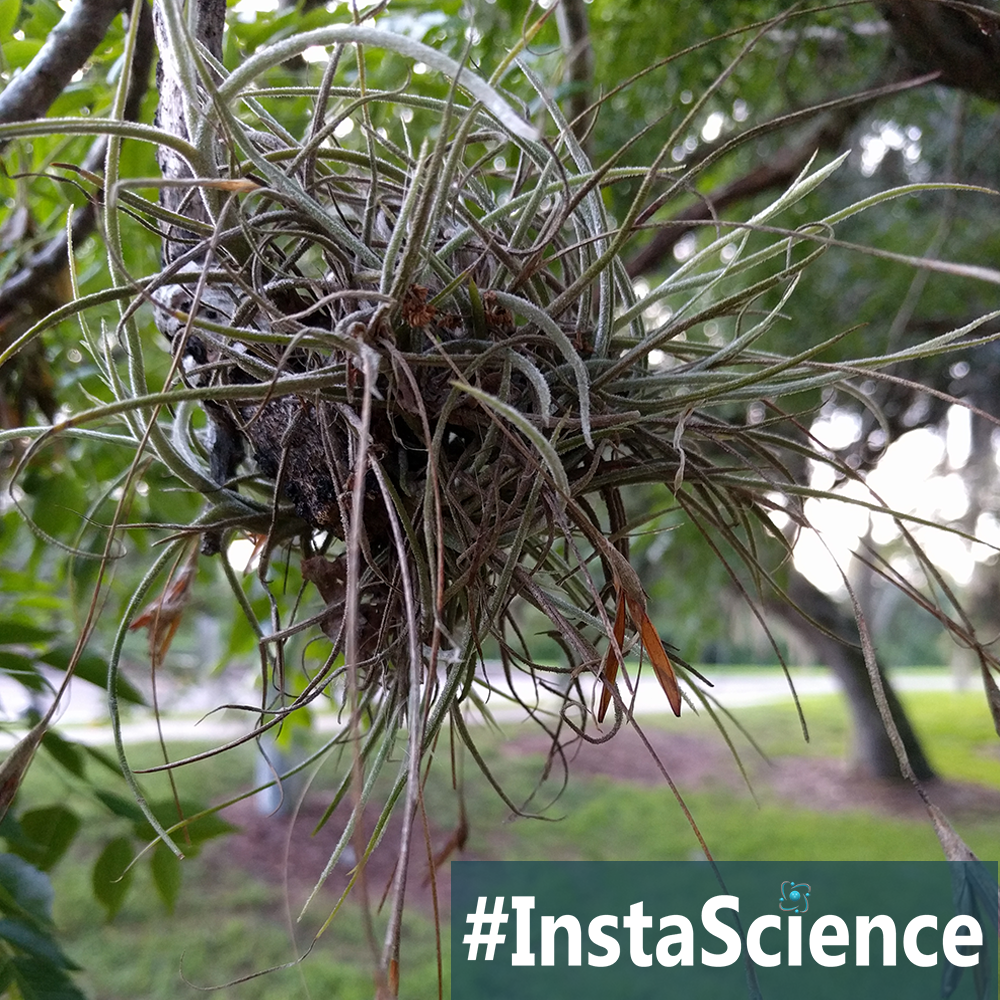
I loved visiting my Grammy growing up – she always had our favorite sugar cereal and ice cream on hand when we visited. But, more than that she had a fantastic yard with a monkey grass maze and several massive oak trees draped with Spanish moss. Every time I see this plant, I’m instantly transported back to those hot summer days running around in my grandmother’s backyard.
Spanish moss covered trees are almost synonymous with the sultry, southern landscape. But did you know that it is not actually moss at all? It’s a bromeliad. And did you know that it’s not even from Spain? It’s actually a native of Mexico and the Caribbean.
So, if Spanish moss doesn’t live up to its name, what is this plant? Spanish moss is a relative of the pineapple plant. It’s a flowering plant that attaches itself to the branches of trees, like oaks.
It is not parasitic, but rather it is an epiphyte. This means that its roots do not invade the host plant to get the nutrients the plant needs. Spanish moss gets the nutrients and water it needs from rain and fog. The leaves of the plant are covered in tiny hairs that capture the water and can store it until the plant actually needs it.
Fun Fact – Spanish moss is sensitive to air pollution, so it won’t grow when the air is heavily polluted.
Teaching Science at Home
Want to learn more about spanish moss? Check out the following articles:
- Check out the 10 things you should know about Spanish Moss here.
- Learn more about Spanish Moss, its nature, history and uses by Dennis Adams.
- {Video} Watch and learn the tips on how to care Spanish Moss here.
Related Homeschool Science Activities
Keep the learning going with these science activities!
 Sign up below to receive weekly tips & tools for homeschool science and we'll send you a FREE copy of
Sign up below to receive weekly tips & tools for homeschool science and we'll send you a FREE copy of